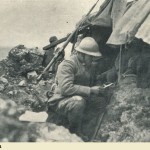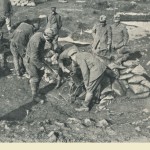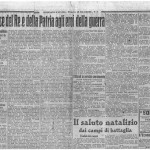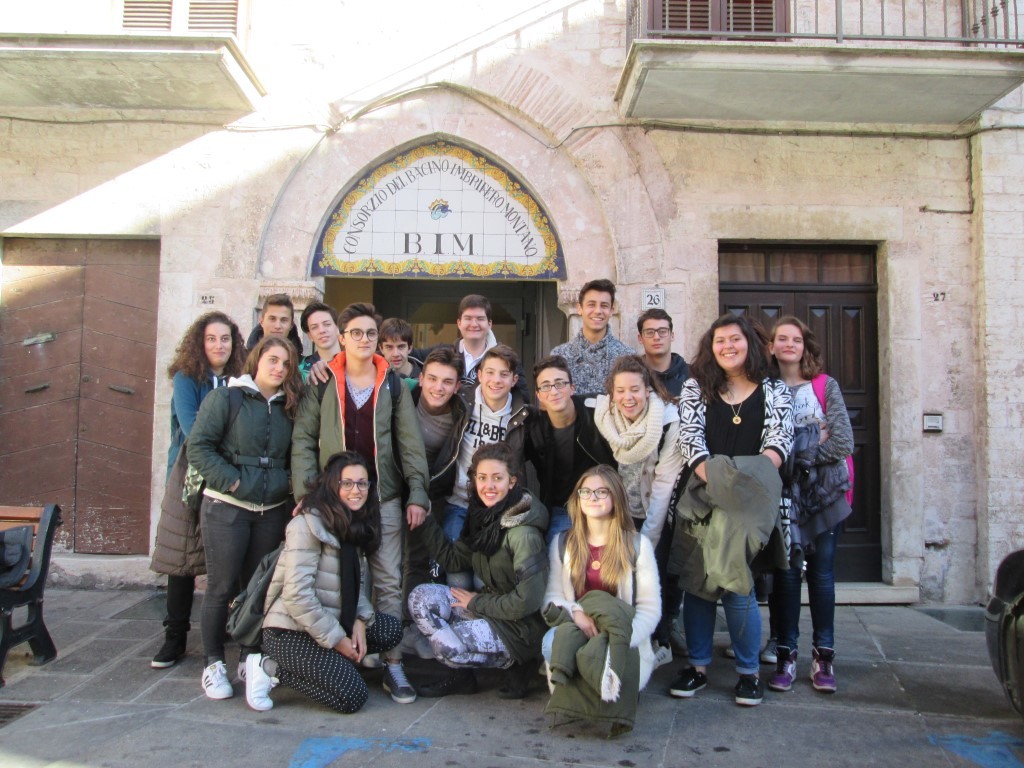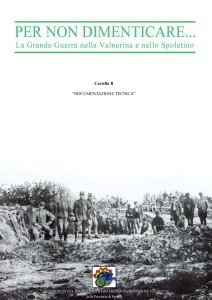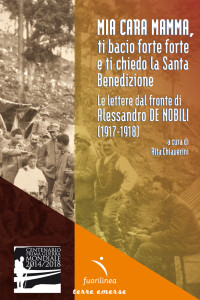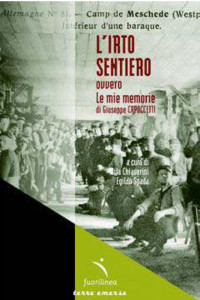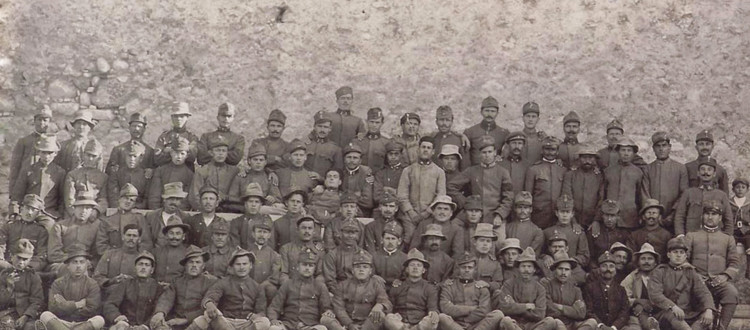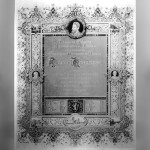Austro-Hungarian prisoners of war to Norcia
Traduzione di Serena Rasi
Norcia. 1917. Austro-Hungarian war prisoners.
Photo by Information Office Cascia – Valnerina.
In the summer of 1917 the front has started the Austrian offensive called Strafexpedition and for the Italians outlined the defeat of Caporetto. The situation wasn’t better inside the country where there were problems because of the high cost of living and the cost of the bread. Due to these problems tumults exploded in Milan and in Turin, having workers and women as protagonists.
In this difficult economic situation even in the countryside there were problems because men who could work (agriculture and livestock) were at the front and to keep on working in the fields was essential to find out a new working force.
Even in Norcia and part of the Valnerina had the same problems because these territories were essentially based on an agricultural economy. , in order to help these needs, one hundred war prisoners deployed in Orvieto reached the city of Norcia to be employed in agricultural activities.
The agreement that allowed the municipality to use the war prisoners for “ harvesting, mowing, spading, hoeing, raking, sowing and plantations” was signed by the City Mayor Filippo Allegrini, for the municipality of Norcia, and for the military authority by the Captain Enrico Briccola.
The municipality had to return to the Headquarter of Orvieto , a rate of 15 cents per hour ( mowing a rate of 20 cents per hour); 5 cents were given to the prisoner while the rest of the amount was dued to the Nation.
The number the daily working hours, decided by the Military authority, was generally fixed at ten hours. However, exceptionally 12 hours or work during bank holidays could be authorized. Every tool had to be provided and repaired by the municipality.
The prisoners worked in groups of 8-10 people but, they could also be employed even in smaller numbers. In this case, however, the municipality had to ensure the supervision and prevent any attempt of escape.
The municipality of Norcia, also, had to provide the accommodation for the prisoners and the supervision militia that consisted of the kitchen, outside toilets and the supply of straw for their beds. For the captain, however, the municipality had to provide a furnished room and another room used as the office with the nessential furniture.
Norcia had several families who used the war prisoners to perform some agricultural work but historical documents show the existence of the Austro-Hungarian prisoners also in the municipalities of Cascia and Preci.
For further information: Chiaverini Rita, War Prisoners..n.6, year 2004, p.80
Photo by Information Office Cascia-Valnerina.












